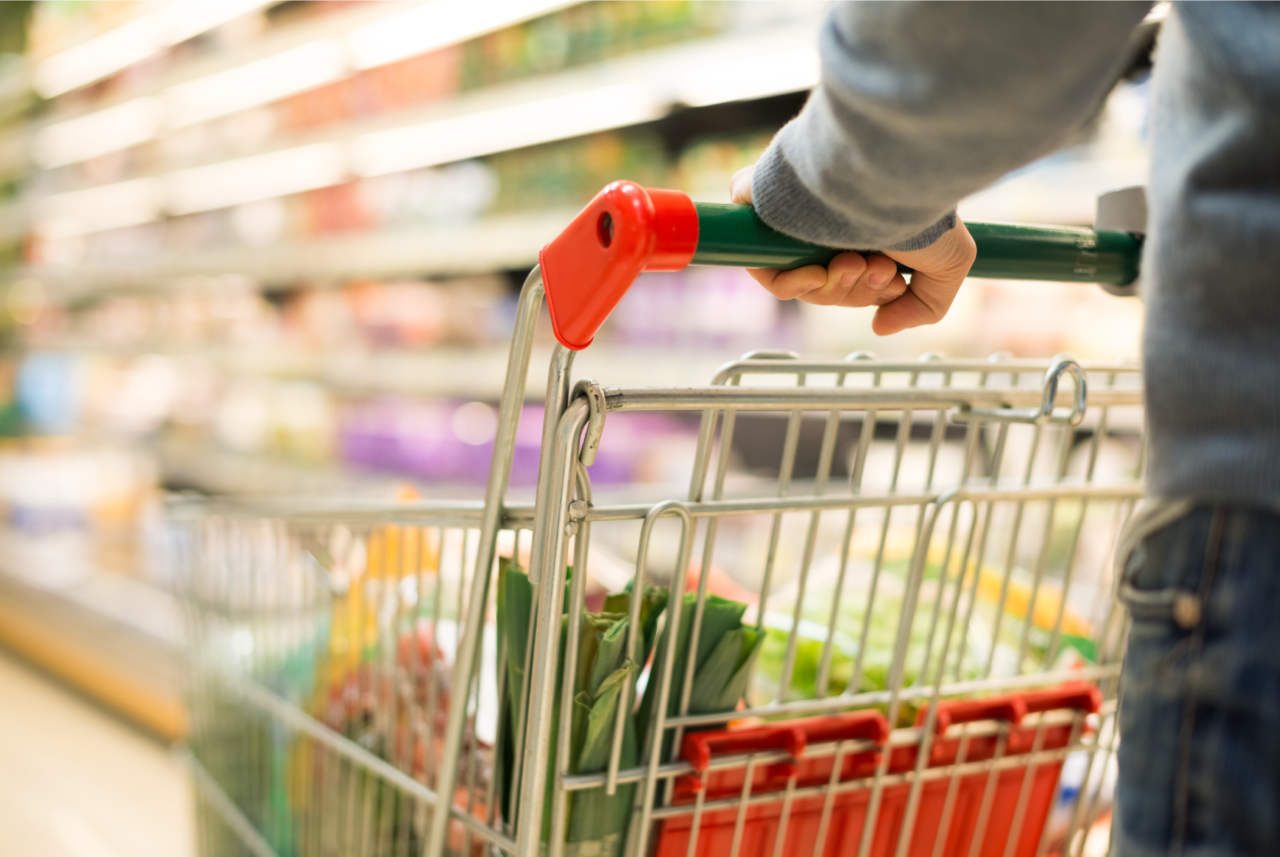In the framework of the Farm to Fork strategy, the European Commission is considering options for several new food labelling initiatives to empower consumers to make healthy and sustainable food choices.
Introduction
Current food consumption patterns are unsustainable from both a health and environmental perspective:
- About 20% of the food produced is wasted;
- Over half of the adult population is overweight, contributing to a high prevalence of diet-related diseases and related healthcare costs;
- It is estimated that in the EU in 2017 over 950,000 deaths (one out of five) and over 16 million lost healthy life years were attributable to unhealthy diets, mainly cardiovascular diseases and cancers;
- Average intakes of energy, red meat, sugars, salt and fats continue to exceed recommendations, while consumption of whole-grain cereals, fruit and vegetables, legumes and nuts is insufficient.
Against this background, the Commission intends to create a food environment that facilitates the choice of healthy and sustainable diets. As a consequence, it is considering options for several new food labelling initiatives.
Harmonised and mandatory front-of-pack nutrition labelling
Food labelling at European level is disciplined by Regulation (EU) 1169/2011 on the provision of food information to consumers (FIC Regulation). It requires the vast majority of pre-packed foods to bear a nutrition declaration, often provided on the back of food packaging, displaying details about fat, saturated fat, energy, sugar, salt. This declaration can be complemented by a voluntary repetition of its main elements in the principal field of vision (known as the ‘front-of-pack’ (FOP)), so that consumers can see at a glance the essential nutrition information when purchasing foods.
Given the increasing rates of overweight and obesity in most EU Member States and a substantial burden of diseases attributable to dietary risks, FOP nutrition labelling is increasingly seen as a tool of prevention. As a result, the European Commission intends to introduce a mandatory FOP nutrition labelling with the aim to empower consumers to make healthy food choices.
Particularly, Commission is now assessing four types of FOP labels currently in use or development in the EU, to identify a preferred option or a policy mix that best addresses the challenges and opportunities to achieve the overall objective of the initiative:
- Option 0 “business as usual”: Either the FOP labelling remains voluntary or not harmonised;
- Option 1: Nutrient-specific labels – numerical;
- Option 2 : Nutrient-specific labels – colour-coded;
- Option 3 : Summary labels – endorsement logos;
- Option 4 : Summary labels – graded indicators.

European Commission has started consulting EU citizens, stakeholders and public authorities, to collect feedback on the initiative. In December 2020, the European Commission published two roadmaps concerning actions in the field of information to consumers:
1) Roadmap on Food labelling – revision of rules on information provided to consumers, including the following proposals:
- to introduce standardised mandatory front-of-pack nutrition labelling
- to extend mandatory origin or provenance information for certain products
- to revise the rules on date marking (‘use by’ and ‘best before’ dates).
2) Roadmap on Facilitating healthier food choices – establishing nutrient profiles
This was followed by a public consultation from 13 December 2021 to 7 March 2022.
The European Commission has prepared an impact assessment and, as indicated in the Farm to Fork action plan, a proposal is expected to be adopted by the end of 2022.
Extension of mandatory origin or provenance indications to certain products
Although origin labelling is already compulsory for certain food products, current labelling rules do not always allow consumers who are interested in this information to identify the origin of food.
The Commission is aiming to propose the extension of the mandatory origin or provenance indication to more food products and ensure a full harmonisation in this area.
Date marking
Misunderstanding and misuse of date marking lead to food waste.
Less than 1 in 2 consumers understand the meaning of date marking: “use by”, which indicates the ultimate food safety date, and “best before”, which refers to the date food retains its optimal quality.
This contributes to the 20% of food that Europeans waste annually.
As a result, a revision of EU rules on date marking should help preventing consumers from unnecessarily discarding foods past their ‘best before’ date.
Sustainable food labelling framework
The European Commission will also examine ways to harmonise voluntary green claims and to create a sustainable food labelling framework that covers the nutritional, climate, environmental and social aspects of food products. A legislative proposal should be adopted by 2024.
Animal welfare labelling
Under the evaluation and revision of the existing animal welfare legislation, the European Commission will consider options for animal welfare labelling. A proposal should be presented by 2023.










